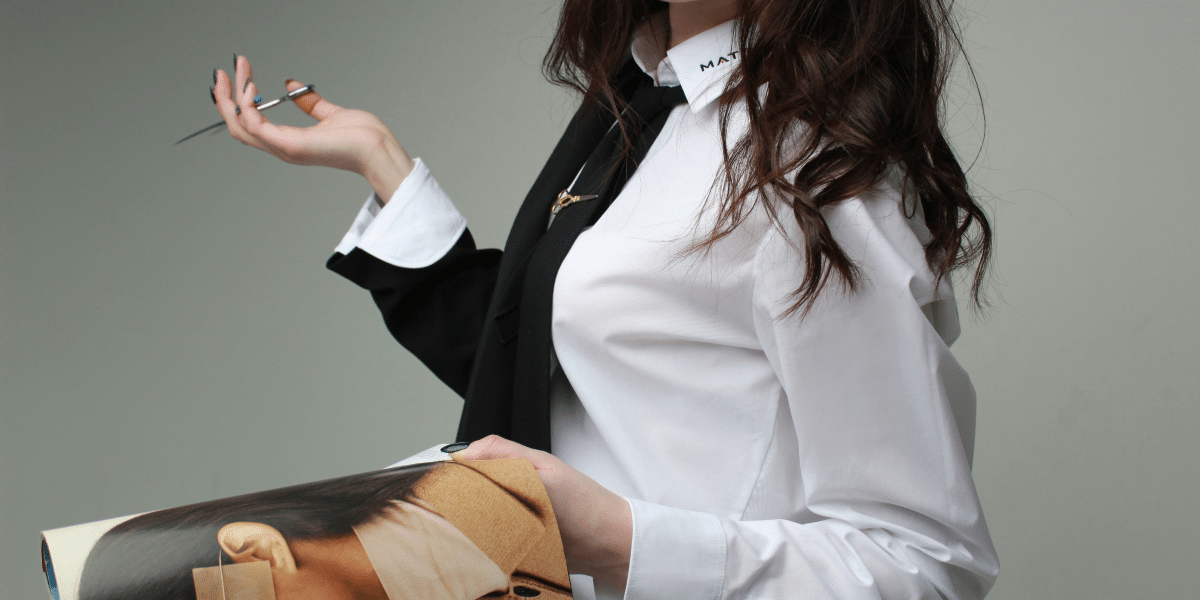By: Ley Calisang
Today’s society is greatly affected by how others perceive them, hence the increase in plastic surgery procedures in this country. One of Hollywood’s A-List Plastic Surgeons, Dr. Michael Newman, is excited to discuss this critical topic because of its importance. Many people alter their appearances in response to what they see in their photographs. Without the correct information from a skilled plastic surgeon like Dr. Michael Newman, there is no telling what people can do in the age of modern technology and medical advancements.
What Effect do “Selfies” have on a Person’s Perceived Perfection?
Many of Dr. Newman’s patients express dissatisfaction with how they seem in pictures. Unfortunately, that’s been a recurring topic in plastic surgery, which typically focuses on a patient’s face rather than their body. Examples include noticing the hump on a nose more evident from the side view, seeing additional skin hanging from the neck, or seeing wrinkles in different lighting conditions. However, this problem has been dramatically exacerbated by smartphones for several reasons:
Compared to the days when you had to use a conventional camera and get the film developed, taking images and sharing them is a lot simpler today. In addition, the curvature of the lens in smartphones distorts images more than in a regular camera. Smartphone cameras magnify facial and physical asymmetries because of the curved form of the lens, which produces a parallax distortion in the image. The asymmetries may be barely perceptible in person or a typical camera photo, making them more noticeable. The fisheye effect is another name for this.
The images of Dr. Michael Newman below demonstrate the contrast in images captured with three types of cellphone cameras: front-facing, rear-facing, and DSLR.

The three attached photos are taken from;
- The Canon EOS Rebel T7 DSLR (Digital Single Lens Reflex) camera. It is used for standard photography as it provides the smallest amount of distortion through the lens, which is the closest representation of what we can perceive through our eyes.
- Front-facing (selfie) camera taken with an Apple iPhone Mini 12.
- Rear-facing camera taken with an Apple iPhone Mini 12.
Every photograph was taken with the same camera and settings on the same day, in the same room, and with the same lighting. Both pictures taken with the smartphone illustrate the severe distortion generated by the lenses on smartphone cameras. These lenses were designed to capture a wider field of perception, but as a side effect, they cause distortion. To be more detailed, the lens of a smartphone’s camera magnifies items closer to the center of the frame than those farther away, emphasizing irregularities in the image. For example, compared to the photographs taken with the Canon EOS Rebel camera, the two pictures taken with my smartphone give the impression that my nose is significantly larger than the rest of the face. In addition, the photos taken with my smartphone camera highlight the asymmetry in my face, making my chin, jaw, and forehead look noticeably misaligned compared to the photographs taken with my DSLR camera.
Lastly, there is the zoom effect. Because most of our meetings are now conducted online, we do video conferences using our mobile devices, which has two repercussions:
- We often hold the phone below the level of our faces while bending our necks down, which causes the excess skin in our necks to bunch up, leading many more people to seek surgical procedures to tighten their necks. Unlike in-person meetings, the video software (FaceTime, Zoom, etc.) allows us to view and evaluate a live image of ourselves throughout the conference.
- Because of the issues with lens distortion, the angle at which we hold the phone in our hands, and the frequently inadequate lighting, we usually look considerably different in those photographs than we do in real life, which is one of the main reasons why so many more individuals are undergoing plastic surgery.
Two published journals recently brought to light the significant amount of facial distortion caused by smartphone cameras. The articles included comparisons of photographs taken using a professional camera, a smartphone camera, and a selfie camera a smartphone to illustrate the unfavorable effects of distortion caused by each type of camera. Smartphones’ curved lenses, intended to capture a broader view, distort facial proportions by making central items more significant and periphery things smaller. Specifically, asymmetries are emphasized, and the nose frequently seems more prominent than the rest of the face.
The demand for plastic surgery has increased dramatically due to smartphones and video conferencing. Unfortunately, the distortion generated by these cameras has led to increased concerns about appearance and a decline in self-esteem. However, these feelings are generally unwarranted because the vast majority of us look considerably better in person than we do in the photographs that we take with our smartphones. In addition, because most people do not perceive modest asymmetries in conversation or photos taken with traditional cameras, it is typically not worth pursuing plastic surgery to fix subtle asymmetries. However, since mild asymmetries are widespread, it is general knowledge that most people do not notice mild asymmetries.
For more about Dr. Michael Newman, go to http://www.drnewmanbeverlyhills.com/.





